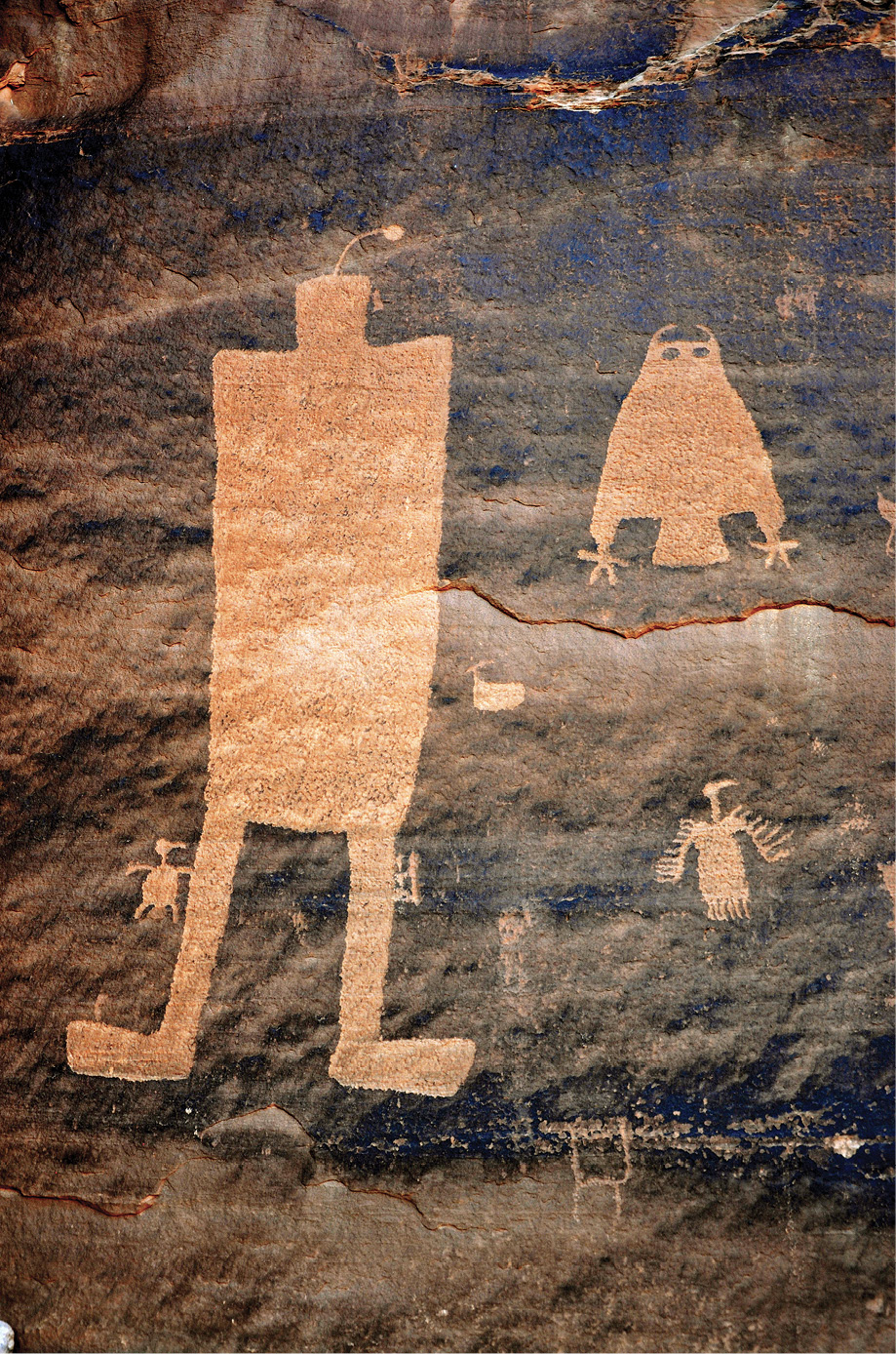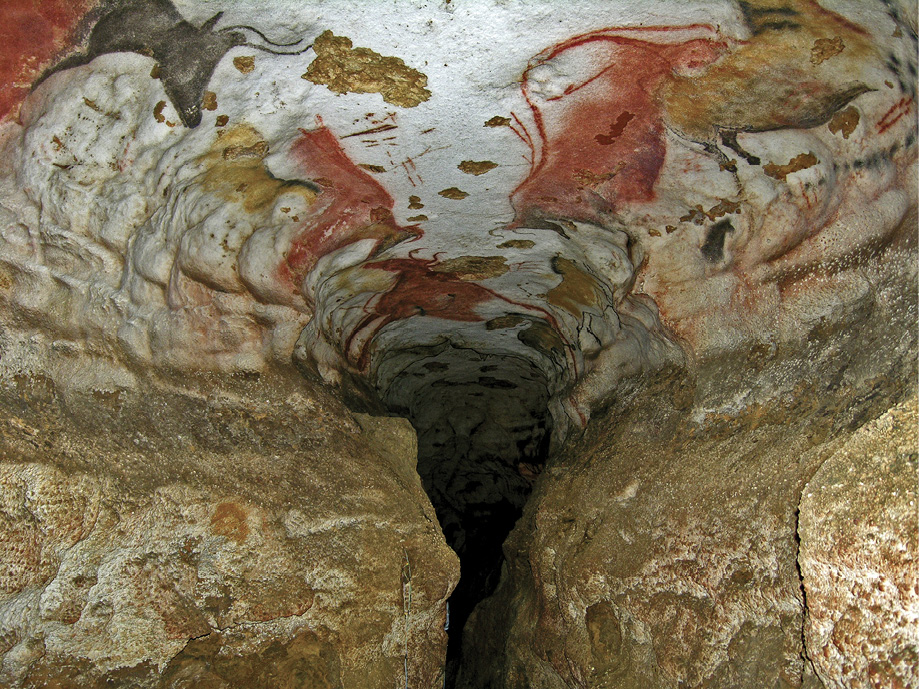Rock Art
Rock Art
The Meanings and Myths Behind Ancient Ruins in the Southwest and Beyond
Stewart M. Green

Guilford, Connecticut

An imprint of The Rowman & Littlefield Publishing Group, Inc.
4501 Forbes Blvd., Ste. 200
Lanham, MD 20706
www.rowman.com
Falcon and FalconGuides are registered trademarks and Make Adventure Your Story is a trademark of The Rowman & Littlefield Publishing Group, Inc.
Distributed by NATIONAL BOOK NETWORK
Copyright 2018 The Rowman & Littlefield Publishing Group, Inc.
Photos by author unless otherwise noted
Frontispiece: A perched boulder with a bighorn sheep and geometric-shaped petroglyphs overlooks Grapevine Canyon in Nevada. Credit: Bureau of Land Management, Nevada/Wikimedia Commons
All rights reserved . No part of this book may be reproduced in any form or by any electronic or mechanical means, including information storage and retrieval systems, without written permission from the publisher, except by a reviewer who may quote passages in a review.
British Library Cataloguing in Publication Information available
Library of Congress Cataloging-in-Publication Data available
ISBN 978-1-4930-1707-2 (paperback)
ISBN 978-1-4930-1708-9 (e-book)
 The paper used in this publication meets the minimum requirements of American National Standard for Information SciencesPermanence of Paper for Printed Library Materials, ANSI/NISO Z39.48-1992.
The paper used in this publication meets the minimum requirements of American National Standard for Information SciencesPermanence of Paper for Printed Library Materials, ANSI/NISO Z39.48-1992.
Printed in the United States of America
The authors and The Rowman & Littlefield Publishing Group, Inc. assume no liability for accidents happening to, or injuries sustained by, readers who engage in the activities described in this book.
To my mother, Mildred Green.
Thanks for the inspiration and believing in the power of words and images.
A large armless anthropomorph, an owl, and two birds are at the Owl Panel in Kane Springs Canyon near Moab, Utah.
Introduction
T he rocky trail twists past humped sandstone domes, steeply descending 780 feet from the rim parking lot to sandy-floored Horseshoe Canyon, a deep gorge draining northeast toward the Green River. The cliff shadows chill the morning air, and a whispering wind rattles tall cottonwoods along the dry creek bed. I walk up the canyon, a lonely labyrinth of slickrock, vertical walls, and arching caves. This stone cathedral is an elemental place of reverence, of awe, of the eternal earth.
Seven miles up Horseshoe Canyon, the trail reaches the Great Gallery, perhaps the most famous and one of the most mysterious rock art sites in the United States. The canyon, a detached unit of Canyonlands National Park in central Utah, was once a seasonal home to early Native Americans, who hunted deer and gathered edible plants in the area before moving on. This place was also sacred ground, a place where their shamans came and painted dreams on ruddy sandstone canvases.
The Holy Ghost towers above an entourage of haunting anthropomorphs at the Great Gallery in Horseshoe Canyon, a detached unit of Canyonlands National Park in Utah. Credit: Susan Joy Paul
The Great Gallery, a painted panel of pictographs on a curving 200-foot-long wall, is an astonishing panorama of human-like figures, some almost 8 feet tall. Beneath a jutting overhang on the far left rise the Holy Ghost and his followers, six almost-black figures with no appendages and hooded heads. The masked Holy Ghost, clad in a striped cloak, looks across the wash with empty eyes. The rest of the gallery features twenty-one large supernatural figures, perhaps, as some scholars suggest, shamans visiting other worlds aided by spirit helpers and drugs like the sacred datura. Dots, beads, and lines decorate some, while others are dark mummy shapes drifting across the stone panel. Desert author Edward Abbey called them apparitions out of bad dreams in his book Desert Solitaire .
Barrier Canyonstyle anthropomorphs, thought to be shamans visiting spirit worlds, float on a sandstone wall at the Great Gallery in Canyonlands National Park. Credit: Susan Joy Paul
The haunting pictographs or paintings raise questions. What people made these eerie paintings? Why did they select this desolate canyon for the art? Who are the beings inhabiting the cliff face? And what is the meaning of the mystical images? Looking at the figures, you see more than mere people. This was a sacred place, and these were supernatural beings, gods walking among men, shamans walking among gods. Look at their shapeless floating bodies and staring eye sockets.
Over thousands of years, prehistoric artists created a priceless record of their lives, like the Great Gallery in Horseshoe Canyon, depicting their cultures, tools, clan symbols, the animals they hunted, and shamanistic journeys to other worlds. Their canvases were sheltered rock surfaces on cliffs, boulders, and caves made of smooth sandstone, dark basalt, limestone, and granite. These ancient peoples re-created their worlds in both simple and complex scenes, pecking a single petroglyph of a bighorn sheep below a towering cliff or creating an elaborate painting in a hidden chamber in a deep cave.
The identity of the artists is usually unknown. We seldom know who they were or what language they spoke, although sometimes their present-day descendants remember the old ones from long-told stories. We dont know much about them except for the material items they left behind, including the bones of animals, stone tools, scraps of cloth, a worn remnant of a sandal, and the astounding and beautiful art that recorded their passage.
These ancient people were not primitive but were fully modern humans with brains like ours, who saw the reality of the world and their place in it much differently than we do. They spoke complex languages that were in many ways richer and more complete than ours. Their cognitive sense of the world was deep and polytheistic; they saw the spiritual and religious in everyday life and had a long memory of what it meant to be human and where their people came from.
Ancient artists built scaffolds to paint thousands of animals on the ceiling of Lascaux Cave in France. Credit: Francesco Bandarin/Wikimedia Commons
The rock pictures of the ancient ones tell us more about them as people than the artifacts they left behind. The petroglyphs and pictographs give us a window into their minds, into what they might have thought and how they interacted with the world. We can look at their paintings and scratched drawings and see that they wore headdresses and clothing, hunted with spears and atlatls, danced, took psychotropic drugs, and traveled to ether worlds in trance states.
Next page
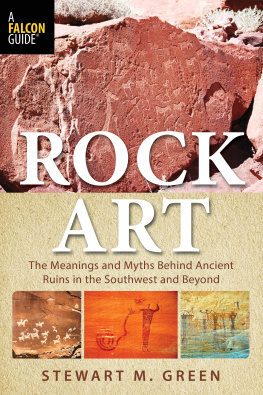
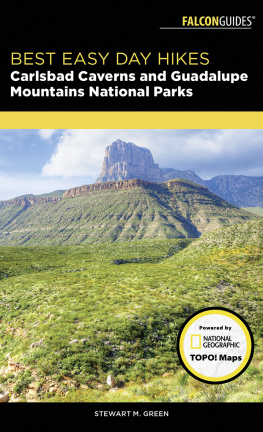

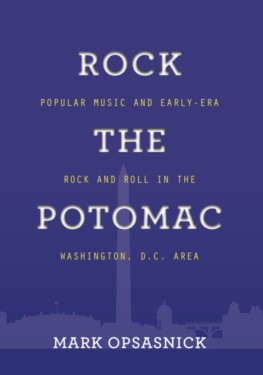
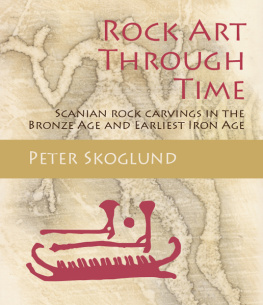
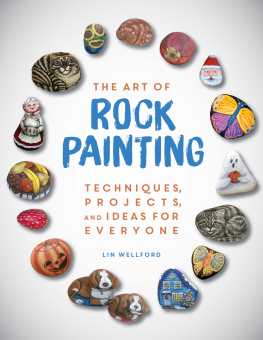
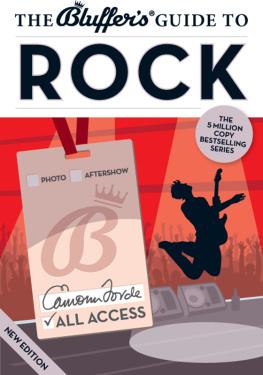


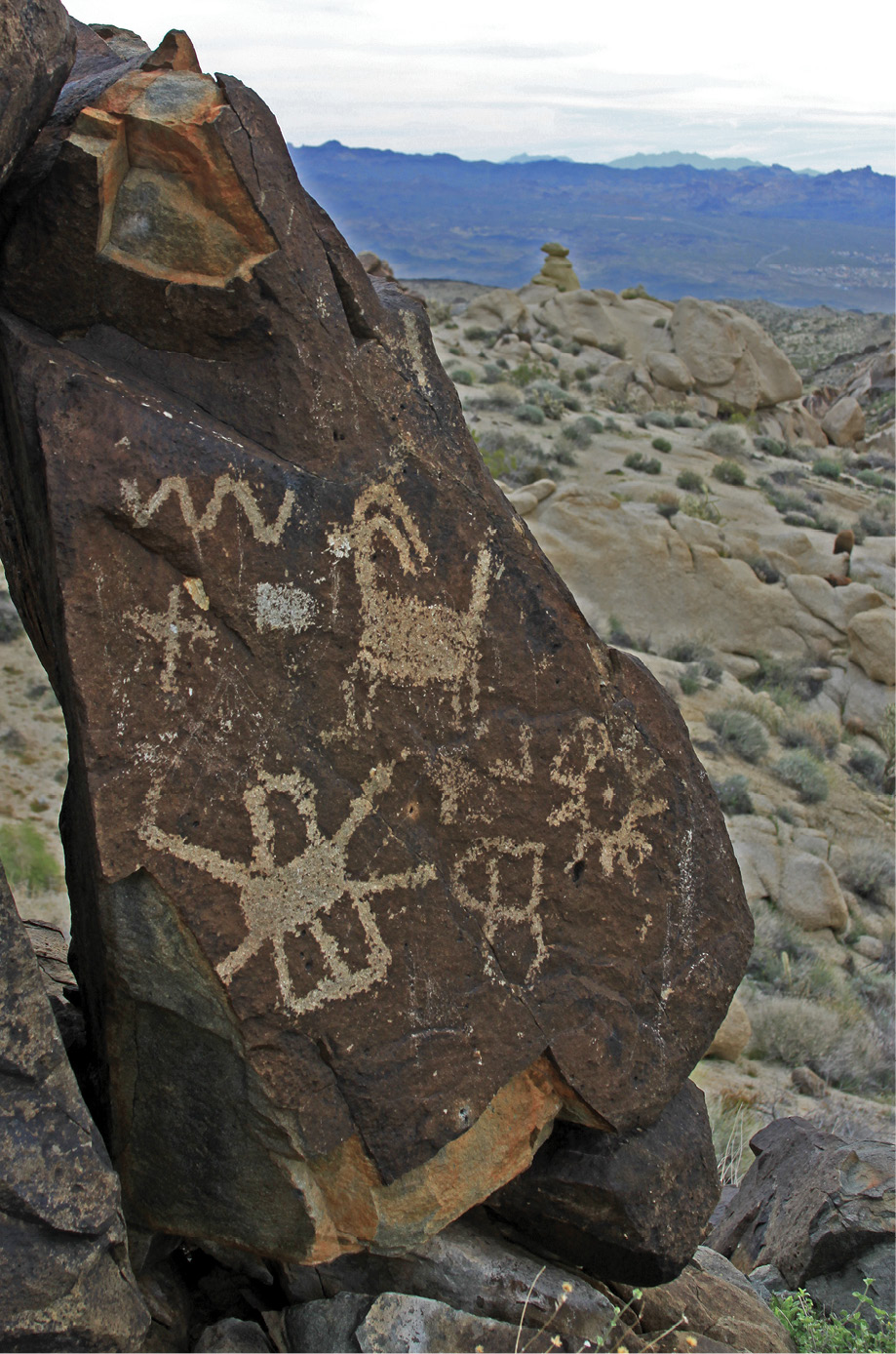

 The paper used in this publication meets the minimum requirements of American National Standard for Information SciencesPermanence of Paper for Printed Library Materials, ANSI/NISO Z39.48-1992.
The paper used in this publication meets the minimum requirements of American National Standard for Information SciencesPermanence of Paper for Printed Library Materials, ANSI/NISO Z39.48-1992.